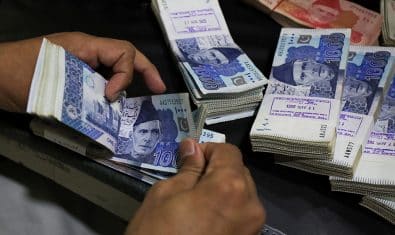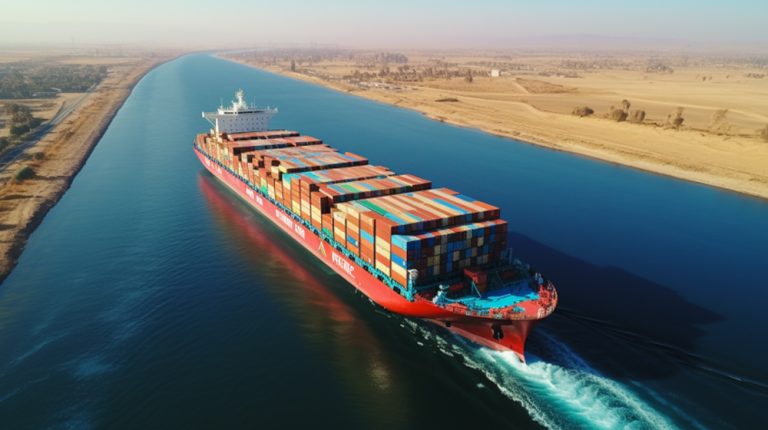State-owned enterprises (SOEs) reported an aggregate loss of Rs. 905 billion in fiscal year 2022-23, up 23 percent from last year.
According to the aggregate annual report on SOEs by the Ministry of Finance released today, this resulted in aggregate net losses of Rs 202 billion, reflecting a 25 percent increase from the previous year. Also, liabilities increased to Rs. 29,721 billion, up 20 percent indicating higher financial leverage.
Consequently, net equity stood at Rs 5.49 trillion, down 2.55 percent. Overall portfolio volatility remains a significant concern for the Federal Government with Value at Risk in the higher range.
The book value of assets reached Rs. 35.21 trillion, up 16 percent compared to FY22.
The Power sector, particularly on the DISCO side, continued to be dominated by loss-making entities. Aggregate losses on the power side totaled Rs. 304 billion despite the fact that Rs. 759 billion was spent supporting this sector. Additionally, the infrastructure sector, with high financial costs for entities like NHAS, exacerbated the loss-making scenario. Railways also continued to contribute to the rising losses. Aggregate losses of these entities for the past 10 years totaled Rs. 5.59 trillion.
The Government of Pakistan provided aggregate support of Rs 1.021 trillion in the form of Equity Injections of Rs. 267 billion, Grants of Rs. 223 billion, Subsidies of Rs. 403 billion, and Loans Rs. 128 billion to sustain these SOEs and support the economy. However, this support represented more than 10 percent of the federal budget’s receipts, indicating significant fiscal strain.
Various risks were identified within the SOE sector, notably the substantial working capital lock-up due to aged receivables and payables throughout the SOE chain, leading to a circular debt exceeding Rs. 4 trillion. Additionally, operational inefficiencies in the power sector continued to negatively impact SOE profitability with spillover effects all across the chain.
Guarantees provided stood at Rs. 1.656 trillion, while the debt stock reached Rs. 3.545 trillion, with accrued interest on NHA loans alone contributing more than Rs. 11.1 trillion. This substantial level of debt and guarantees issued create significant risks for the sector, exposing it to both systemic and unsystematic risks. Systemic risks, such as economic downturns, inflation, and interest rate fluctuations, can exacerbate the financial strain on SOES, making debt servicing more challenging which can be clearly seen in the SOE portfolio.
Unsystematic risks, including operational inefficiencies, can further impact individual entities’ financial stability are also visible. The high guarantees and debt levels also place additional pressure on government finances, as it may need to cover liabilities if SOEs fail to meet their obligations, leading to further fiscal strain…
These SOEs contributed to the national exchequer in the form of taxes amounting to Rs. 466 billion, a 24 percent increase. Non-tax revenues, including sales taxes, royalties, and levies collected, amounted to Rs. 952 billion, up 58 percent. Dividends contributed Rs. 63 billion, marking a 43 percent increase.

Follow ProPakistani on Google News & scroll through your favourite content faster!
Support independent journalism
If you want to join us in our mission to share independent, global journalism to the world, we’d love to have you on our side. If you can, please support us on a monthly basis. It takes less than a minute to set up, and you can rest assured that you’re making a big impact every single month in support of open, independent journalism. Thank you.


























